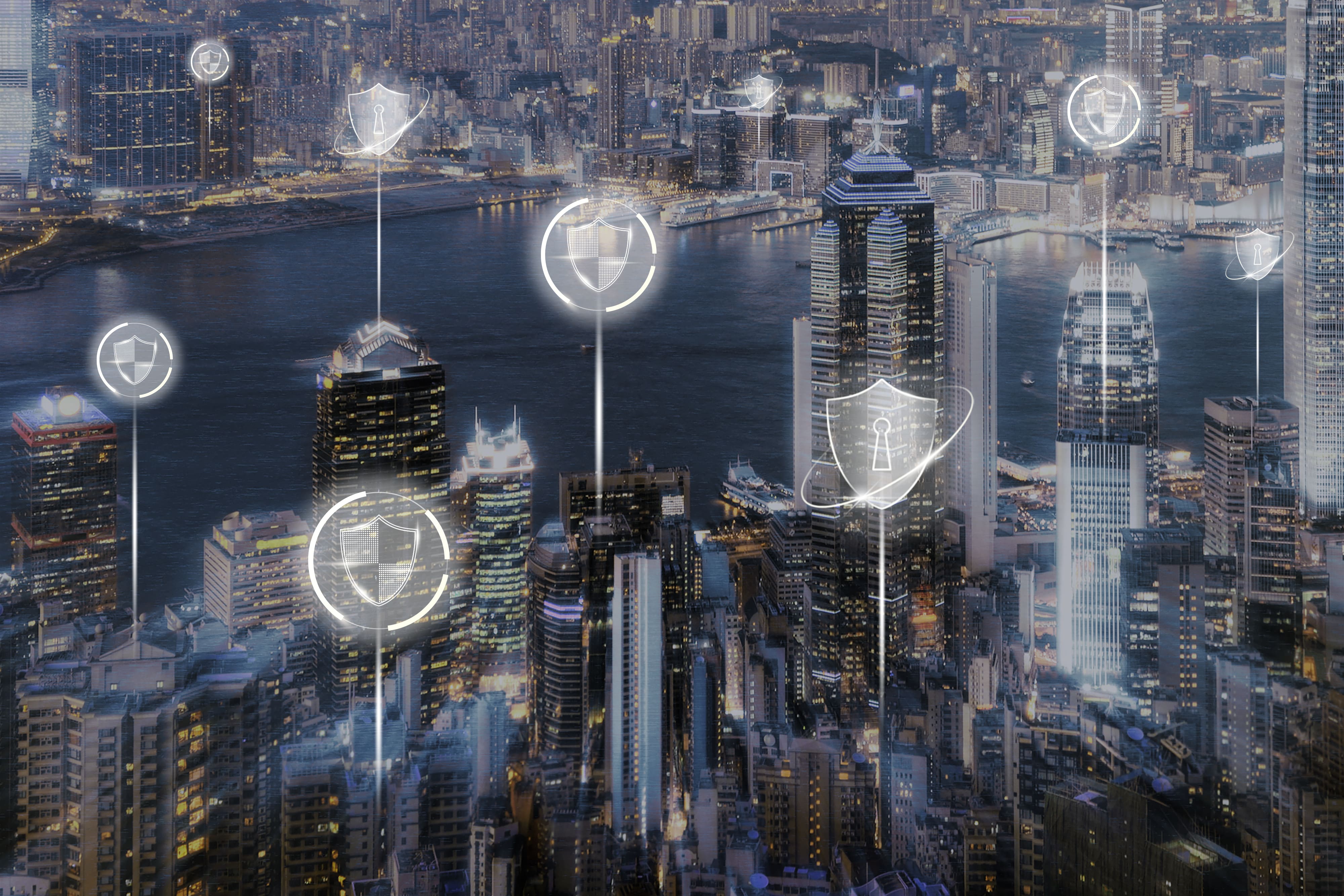
On paper, temporary site security may seem simple, but defending a mobile or short-term worksite requires a new approach compared to a permanent plant. It can be for a brief construction project, an incoming event, or a remote maintenance project, but the end remains the same: minimize risk without excessively committing resources. Get a look over covers practical, human-first strategies that make temporary site security manageable and effective.
Assess, Strategize, and Rank Priorities
Begin with a concise and targeted risk evaluation. Determine the assets, including supplies, machinery, vehicles, and entry points, as well as potential threat periods, such as nights, off-days, and delivery periods. That assessment makes everything from operating to tech choices. Temporary Construction Site Security typically emphasizes complete control and tool storage, whereas pop-up venues focus on crowd flow management and entry screening. Create a simple checklist and communication plan so everyone knows who to reach out for help should an incident arise.
Technology and Portable Tools
Temporary site technology must be mobile and easily accessible. The use of battery-powered cameras, motion lights, and solar sensors will also provide an effective means of covering large areas without incurring heavy expenditures on infrastructure. Consider Vehicle Security Patrol Services when outer transit and equipment movement are routine.
Request rental or portable security, which offers remote monitoring and other features that are hassle-free and come with no long-term contracts. Low-cost additions to prevention and recovery in the event of theft include temporary signage and asset tagging.
Patrols, Personnel, and Coordination
Human presence still matters. Combine visible patrols and technology for comprehensive protection. Train guards on the specific risks that exist on site and establish clear site patrol strategies. Randomized routines, key-point checks, and logs of unusual activities are just a few options to create this level of strong security. For remote locations, ensure radios and backup power for comms; where cellular coverage is weak, consider satellite or network-based devices. If your project requires local coordination, consider partnering with local organizations, such as Security Guard Service King County, for on-the-ground support.
Wrap Up Remarks
Temporary site security is not about one perfect solution. It is about combining evaluation, flexible technology, clear patrol plans, and effective communication. Also, be sure to include roles like Private Property Security Guards to ensure the security of area movement. By pairing affordable portable tools with trained personnel and straightforward processes, you can protect assets without incurring an extensive and long-term financial investment.
FAQs
What makes mobile worksite security different from permanent site security?
Mobile sites change fast. Access points, schedules, and exposed assets vary, so plans must be flexible and quick to implement.
How many security guards are needed for a temporary site?
It will be based on size, asset value, and risk profile. Small facilities typically require only a single guard to work with remote monitoring. In contrast, larger sites or those with more hazardous conditions necessitate multiple guards to work in conjunction with remote monitoring.
What technology is useful for securing remote work sites?
Moveable cameras, motion sensors, solar lighting, asset tags, and remote monitoring platforms are particularly useful for these applications.
How do guards communicate in areas with limited infrastructure?
Use radios, satellite messengers, web networks, or install cellular boosters where allowed; always have a backup plan.
What are the biggest security risks at remote or temporary sites?
The most common ones are machinery, supplies, unauthorized entry, destruction, and safety incidents.




